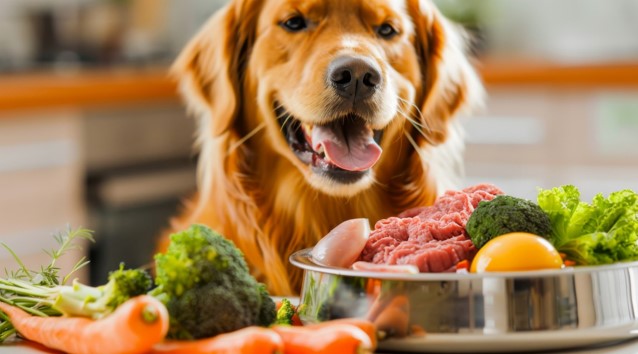15 Best Cat Foods 2023
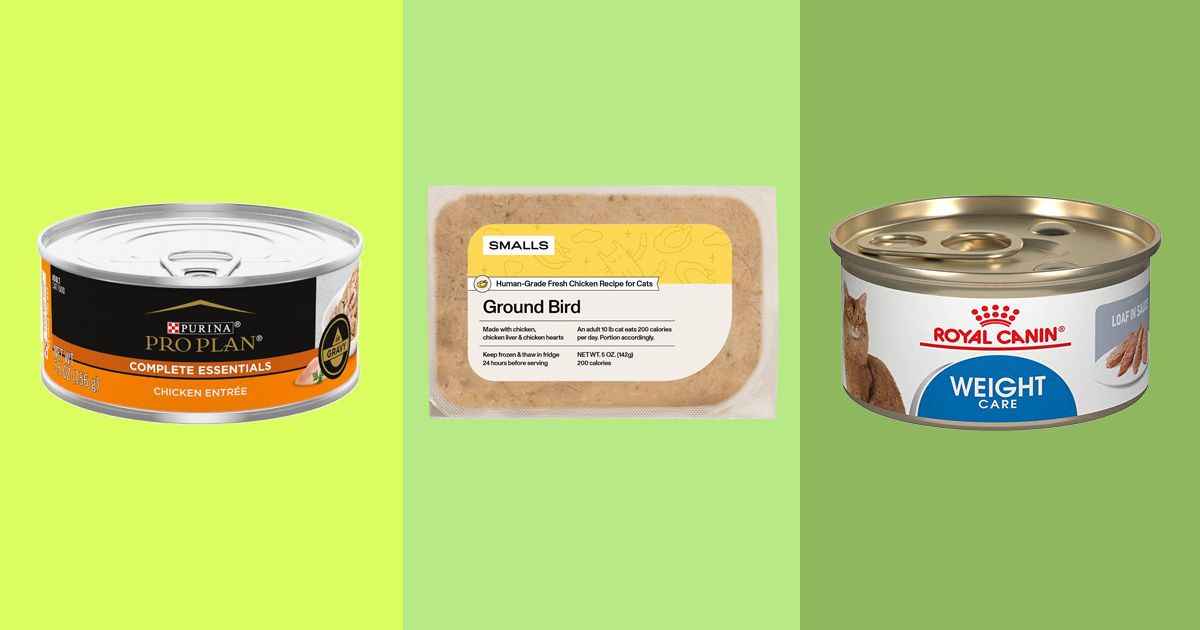
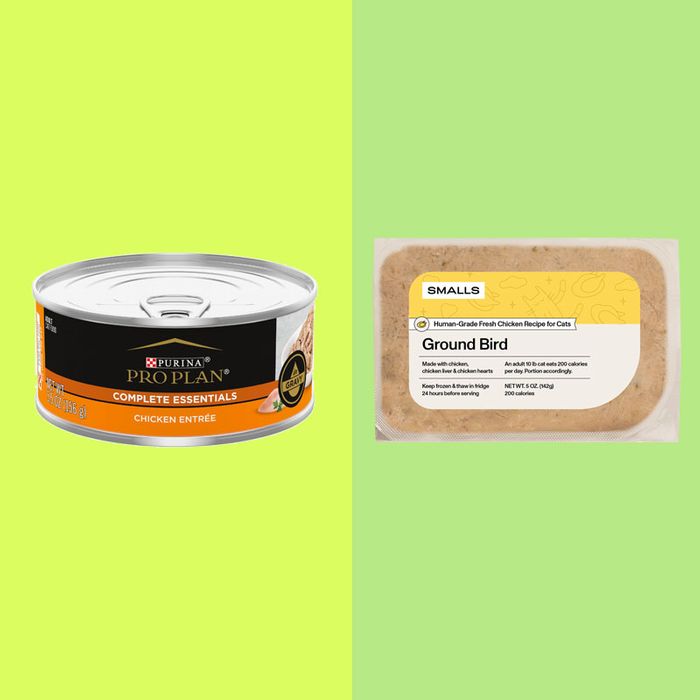
Photo-Illustration: Purina
As a cat owner, I’m constantly thinking about how to keep her happy and healthy. Choosing the right food is a major part of that equation, and wading through a sea of marketing claims can make it a surprisingly difficult task. If you’re like me — overwhelmed by the options out there from grain-free and raw to freeze-dried — veterinarian Brennen McKenzie, who blogs about science-based pet care at the SkeptVet, may help put your mind at ease: “The reality is that there is no one ‘right’ food, and most cats can thrive on a broad variety of available diets,” he says. “Compared to the haphazard diet of whatever prey and scavenged dead things feral cats can find, our pets have an excellent source of nutrition in conventional commercial cat foods.”
But even with that comforting guidance, there are hundreds of cat-food brands and even more formulas to choose from. McKenzie, along with Liz Bales, who created the expert-recommended Doc & Phoebe’s Cat Co. hunting feeder, stress that small brands aren’t necessarily any better than the big names you’re used to seeing on the shelves of pet stores. “In many cases, the testing of the ingredients, or the end product, is not as thorough,” Bales says. “You might see one of the big brand names of cat food have a recall, but they have a recall because they got tested. You can’t have a recall for a product you didn’t test.”
To help you find the best cat food for your pet, we’ve consulted McKenzie and 15 other experts to walk us through 15 options and explain why a cat owner might choose one brand or type of food over another. We’ll get more into it in the criteria below, but note that some of the determining factors will depend on your cat’s specific needs (often related to their age), while others are more subjective (as cat owners know, picky felines often have their own unexplainable preferences).
“The most important part when you’re buying food for your pet is looking for the nutritional-adequacy statement and making sure it’s for the appropriate life stage for your pet,” says Martha G. Cline, a certified veterinary nutritionist at Red Bank Veterinary Hospital in New Jersey. All pet food should have a nutritional-adequacy statement from the Association of American Feed Control Officials noting whether it meets the standards for growth (good for kittens), adult maintenance (for maintaining a healthy weight), or all life stages (any age).
Unlike with human food, you generally won’t find a nutrition label on your cat’s food breaking down the specific quantities of carbohydrates, fat, and protein it contains. For the most part, McKenzie says that’s okay since all food that meets AAFCO standards will provide a sufficient amount of all macronutrients. “There is a range within which cats can thrive, and individual cats all have slightly different needs,” he says, adding that “nearly all commercial diets fall within these ranges.”
However, some vets are more specific in their recommendations. Jennifer Berg, founder of Tribeca Veterinary Wellness, says “more protein than fat, and then very little of any kind of carbohydrate is what we feel is probably ideal.” Jennifer Coates, a veterinary expert at the online pet-supplies retailer Chewy, agrees that cats need more protein than many other species and stresses that the protein “should be sourced from animals.” And veterinarian Lisa Pierson has compiled a thorough, publicly available Google spreadsheet of the nutrient profile for hundreds of cat-food flavors if you’d like to see an individual formulas’ nutritional breakdown. But it’s best to ask your vet if they recommend a specific composition for your cat’s needs.
You may also notice that some cat foods are labeled “grain free,” but vets are wary of this marketing term as it doesn’t tell you much about food’s actual nutrition. “Grain-free foods can be nutritionally excellent or terrible, and the presence or absence of grains themselves says nothing about the health impact of the diet,” McKenzie says. “Anxieties about grains, and carbohydrates generally, in cat foods are not based on real science and should not be the basis for selection of a cat food.”
The two main forms of cat food are wet and dry. Before choosing one form over the other, ask your vet what they recommend for your cat’s particular needs. Because cats naturally drink little water, some vets prefer wet food since its higher moisture content keeps cats hydrated, which may help prevent kidney disease. Other vets disagree, arguing that dry food encourages cats to drink more water and that there’s little scientific evidence to promote the link between wet food and healthier kidneys. Wet food is also lower in calories, so some vets may recommend it if your cat is struggling to maintain a healthy weight. Dry food, or kibble, has the advantage of staying fresh longer, which may make it a good option if your cat likes to graze at her meals over the course of the day. Some dry food is actually freeze-dried, a process manufacturers use to keep ingredients fresh (especially with raw food) without risking bacterial contamination. Within the wet-food category, you’ll find pâtés (loaf-style food with a homogenous texture), shredded-meat formulas, and meat-in-gravies (a liquid-based food with chunks of meat). Picky cats tend to have a favorite style of food, so you may have to try a few different types.
The cost of cat food varies depending on the brand and formula you choose, and more expensive food isn’t necessarily healthier. Since you’ll be buying a lot of food over the course of your cat’s lifetime, we’ve listed the approximate cost per ounce for each food based on the manufacturer’s suggested retail price (which may be different than the retailer price as those can change because of different promotions). As for how much food to feed, cats generally require 200 to 250 calories per day, but this number varies based on their size, activity level, and whether they need to lose or gain weight. (Calorie counts per ounce of food also vary, so you’ll need to check the feeding instructions on the packaging.) Megan Shepherd, a veterinary nutritionist at the Virginia-Maryland College of Veterinary Medicine at Virginia Tech, advises checking with your veterinarian for more specific guidance and consulting this body-condition score chart to see if your cat is under- or overweight.
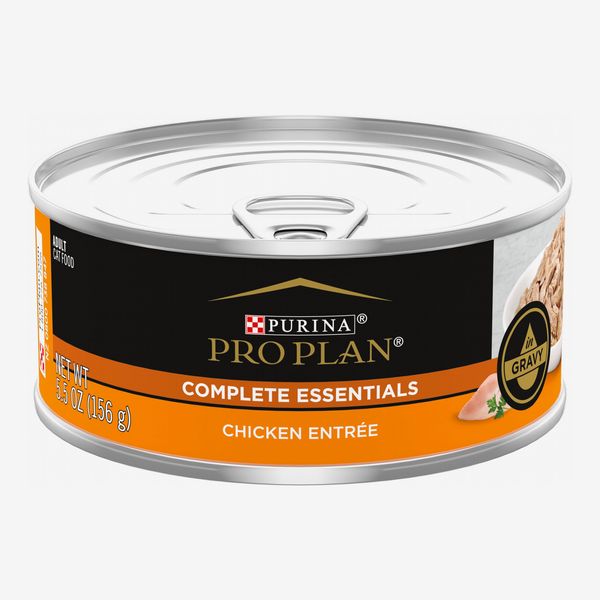
Life stage: Adult | Nutritional breakdown: High protein, moderate fat, low carb | Wet food or dry food: Wet, meat-in-gravy | Approximate cost per ounce: $0.34 per ounce
As explained above, there’s really no one “best” cat food, but according to the veterinarians I spoke with, this Purina Pro Plan formula should check all the nutritional boxes for most adult cats without any special needs. Because Purina employs full-time veterinary nutritionists and invests heavily in research and development, it’s a favorite brand of veterinarians like Cori Blair of Feline Health. “Purina is continuously testing its products and doing studies to improve them and keep up with the knowledge that we continue to ascertain about cats to make the food as optimal as possible,” Blair says. She recommends this canned food from the Pro Plan line because it’s “a good mixture of palatability and quality” and causes minimal GI issues. Chyrle Bonk, a veterinarian and consultant for the pet website Hepper, also likes Purina Pro Plan because the food is high-quality while still being affordable and easy to find. And because meat is one of the primary ingredients, it “provides high protein, moderate fat, and plenty of healthy fiber,” she says.
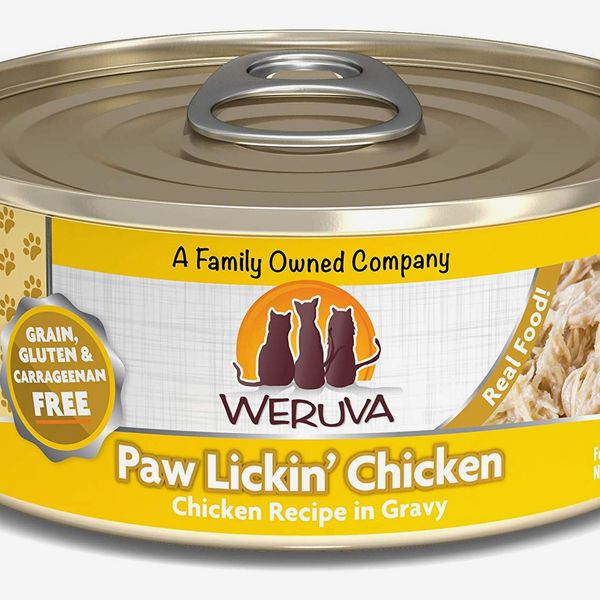
Life stage: Adult | Nutritional breakdown: Very high protein, low fat, very low carb | Wet food or dry food: Wet, meat in gravy | Approximate cost per ounce: $0.38 per ounce
If your cat prefers meat-in-gravy formulas, Berg says this chicken-in-gravy flavor from Weruva is a good option because of its high-protein and low-carbohydrate content. The brand is also recommended by pet-nutrition consultant Susan Lauten. It is grain-free, if that’s something you’re looking for, but as stated above, “grain free” is more of a marketing term than a reliable indicator of healthiness.
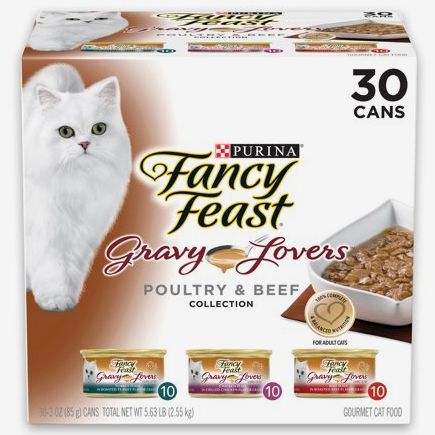
Life stage: Adult | Nutritional breakdown: High protein, moderate fat, moderate carb | Wet food or dry food: Wet, meat in gravy | Approximate cost per ounce: $0.25 per ounce
There’s nothing wrong with saving money on cat food as long as you’re picking a food that’s nutritionally sound. The sale price of this Fancy Feast option is $24 for 30 tins, which is significantly cheaper than the Weruva above, though note that the cans are smaller. “A lot of people will say Fancy Feast is kind of the McDonald’s for cats, but it’s actually not the case,” says Berg. “Plenty of the Fancy Feast are actually quite high in protein and very low in carbohydrates.” This variety pack of protein-rich, meat-in-gravy flavors checks all her boxes and would be a good option for cats who like to mix up their meals.
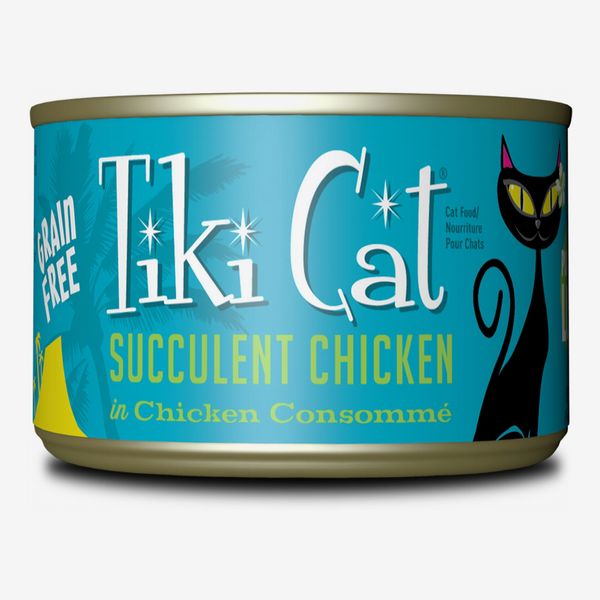
Life stage: Adult | Nutritional breakdown: Very high protein, low fat, very low carb | Wet food or dry food: Wet, shredded | Approximate cost per ounce: $0.68 per ounce
If you browse Pierson’s chart, you’ll see Tiki Cat offers many options that are high in protein and low in carbs, and Lauten likes the brand’s wet and dry foods. Lots of Tiki Cat food is fish-flavored, which is extremely attractive to cats because of its salty taste, but some vets, including Berg, actually discourage feeding cats fish because fish-flavored cat food has been linked to hyperthyroidism. Your vet can help you decide whether or not you should limit fish in your cat’s diet. This variety features shredded chicken and should appeal to cats who like their food a little chunkier.
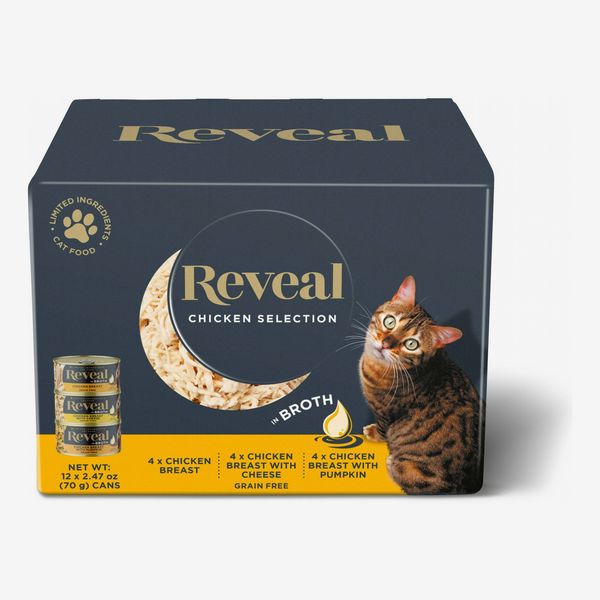
Life stage: Adult | Nutritional breakdown: Very high protein, low fat, low carb | Wet food or dry food: Wet, shredded | Approximate cost per ounce: $0.57 per ounce
Strategist deals editor Sam Daly used to feed her two cats the Tiki Cat above but says the brand was a bit too expensive considering her kitties weren’t finishing their helpings. Reveal’s cans, which Daly bought on a whim, come in at $7 cheaper than Tiki Cat, though the cans are .33 ounces smaller. While the shredded appearance of the food is very similar to Tiki Cat, Daly says “it’s a bit less stinky — not that that matters to my cats, but it matters to me — and has more broth.” Daly even says she was “immediately shocked by how much both the chicken and fish options looked and smelled like something humans would eat.” Now, her cats gobble up their food in an instant.
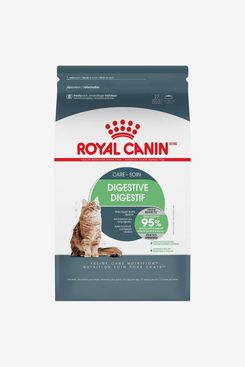
Life stage: Adult | Nutritional breakdown: Moderate protein, fat, and carbs | Wet food or dry food: Dry, kibble | Approximate cost per ounce: $0.35 per ounce
For cats with digestive issues or sensitive stomachs, veterinarian Jamie Freyer recommends this specially formulated food from Royal Canin. Such ingredients as easily digestible proteins, prebiotics, and fiber-rich psyllium-seed husks promote intestinal health and regular bowel function. Lots of vets mentioned the brand because of the science that goes into its food and the vigorous testing it conducts.
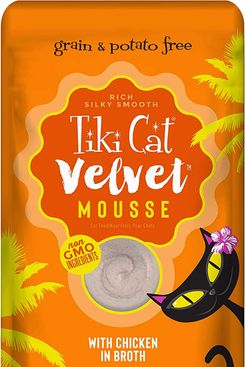
Life stage: Adult | Nutritional breakdown: Moderate protein, fat, and carbs | Wet food or dry food: Wet, mousse | Approximate cost per ounce: $0.71 per ounce
Dental issues such as missing teeth can make it difficult for a cat to break down denser foods. Tazz Latifi, a certified pet nutritionist and retail consultant, recommends the mousse pouches from Tiki Cat because the texture is very smooth and soothing to consume, she says. “They can just lick it, and it reduces the stress of chewing. The scent captures their attention — it’s very palatable,” she explains. Some dental issues can leave nerves exposed in a cat’s mouth, Latifi adds, which can be very painful. In any case, it’s best to consult your veterinarian immediately (if you haven’t already) for a proper care plan.
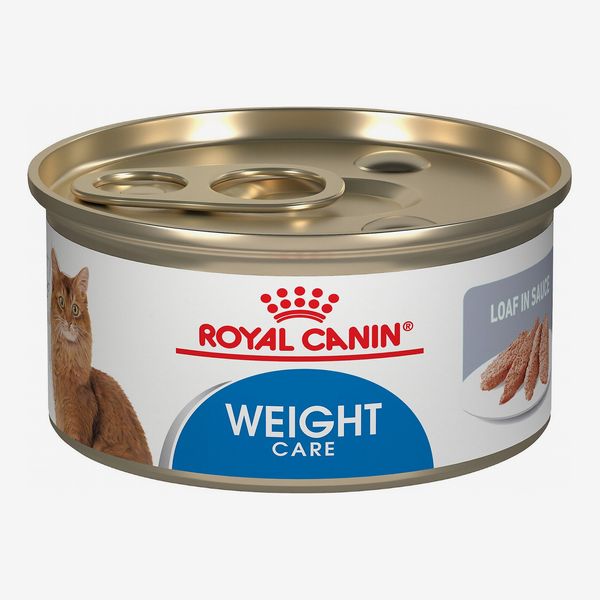
Life stage: Adult | Nutritional breakdown: Moderate protein, fat, and carbs | Wet food or dry food: Wet, pâté or meat in gravy | Approximate cost per ounce: $0.70 per ounce
For cats that are heavier than their ideal body weight or even experiencing signs of obesity, Dr. Gabrielle Fadl, a medical director at Bond Vet, recommends looking for a lower-calorie food from a brand that’s veterinary formulated, like Royal Canin. That way, your cat receives the same volume of food but at a lower calorie count so they don’t feel deprived, Fadl says. Joanna Douglas, executive director of branded content at Vox Media, says her tabby siblings, Goji and Guava (who were fostered by Howard and Beth Stern), have been eating Royal Canin since they were kittens. Now, as adult cats, the two feed on this weight-care option — in combination with Royal Canin’s Adult Instinctive canned food — which was approved by a veterinarian to manage their calorie intake. Douglas says Guava, the pickier eater, is a fan of both. “With all the Royal Canin cat food, I have to say, I think it makes their coats really luxurious. People also comment on how nice they feel and how good they look,” she says.
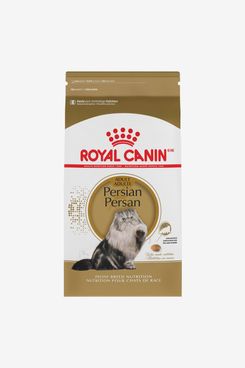
Life stage: Adult | Nutritional breakdown: Moderate protein, fat, and carbs | Wet food or dry food: Dry, kibble | Approximate cost per ounce: $0.30 per ounce
If you have a purebred cat, Freyer recommends looking at Royal Canin’s breed-specific foods that are designed for the unique needs of cats like Persians, Maine coons, and Bengals. For example, in the brand’s dry food for Persian cats, the pieces of kibble are almond-shaped, which are easier for these cats to nibble with their shortened jaws.
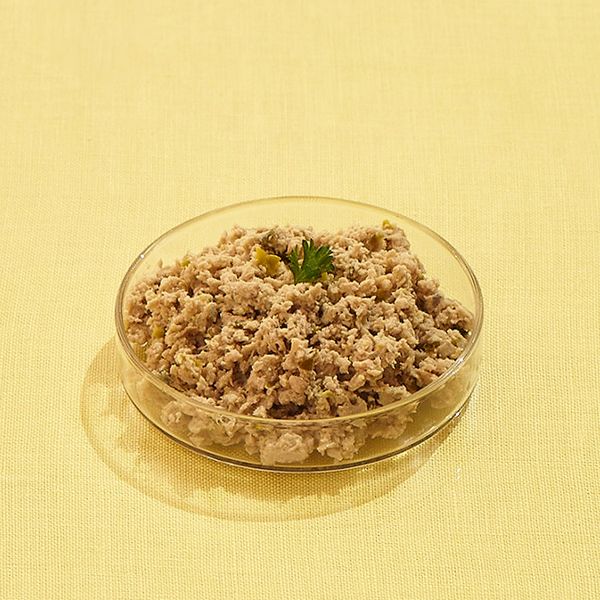
Life stage: Adult | Nutritional breakdown: Very high protein, moderate fat, low carb | Wet food or dry food: Wet, pâté or minced | Approximate cost per ounce: $0.80 per ounce
Like “grain free,” some vets say “human-grade” is more of a buzzy phrase than a statement of quality. (As McKenzie points out, “All the ingredients in potato chips and corn dogs are, by definition, ‘human grade.’”) But Dr. Paola Cuevas, an animal behaviorist and Hepper’s in-house veterinarian, likes that Smalls’s human-grade food is high in moisture and meets AAFCO formulation standards. The direct-to-consumer brand’s minced and pâté varieties use only USDA-certified ingredients, and each meal is gently cooked, as opposed to canned, which can contain toxic by-products that Cuevas says have been linked to cancer in humans. Four flavors (chicken, turkey, beef, and fish) are available, and cat owners can take a short quiz to determine the best formula for their feline companion. Note that the cost of food may vary slightly as recommended portion sizes are based on your cat’s age and weight.
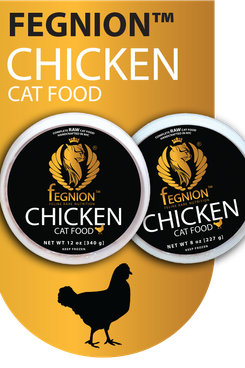
Life stage: Adult | Nutritional breakdown: Very high protein, high fat, low carb | Wet food or dry food: Wet, raw | Approximate cost per ounce: $1.08 per ounce
Latifi feeds this to her own two cats because it’s made of human-grade ingredients and doesn’t contain artificial colors, flavors, or preservatives, making each meal highly digestible. This raw food also satisfies a cat’s cravings for protein, Latifi says, so a smaller serving not only packs lots of nutrients but staves off hunger for longer than other processed food she has tried.
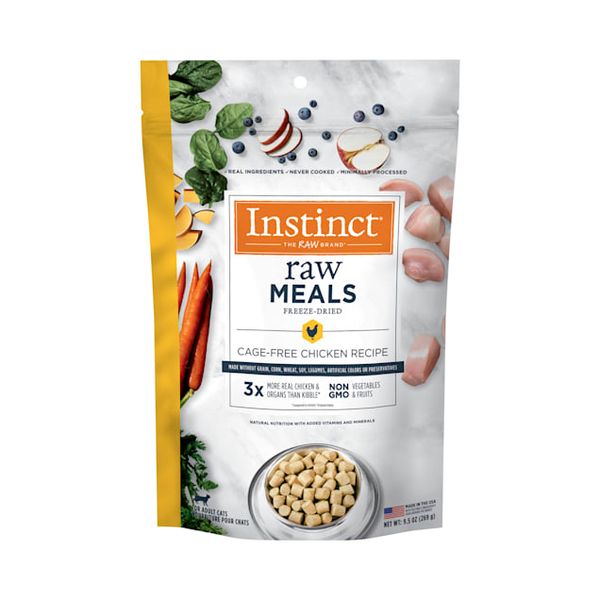
Life stage: Adult | Nutritional breakdown: High protein, moderate fat, low carb | Wet food or dry food: Dry, freeze-dried | Approximate cost per ounce: $2.42 per ounce
While a few vets mentioned the benefits of raw or freeze-dried food for cats, most cautioned against preparing it on your own because of the risk of contamination. “The less processed a food is, the more nutritious it is, but very few people want to deal with the possible bacterial dangers that feeding raw food brings,” says Bonk. Instead of grinding up raw meat in your kitchen, she recommends this freeze-dried raw food from Instinct that mimics the nutrient-rich food your cat would eat in the wild but comes in a form that’s safe to feed at home. “This makes a very nutritious, less processed version of cat food that cats seem to do well on,” she says.
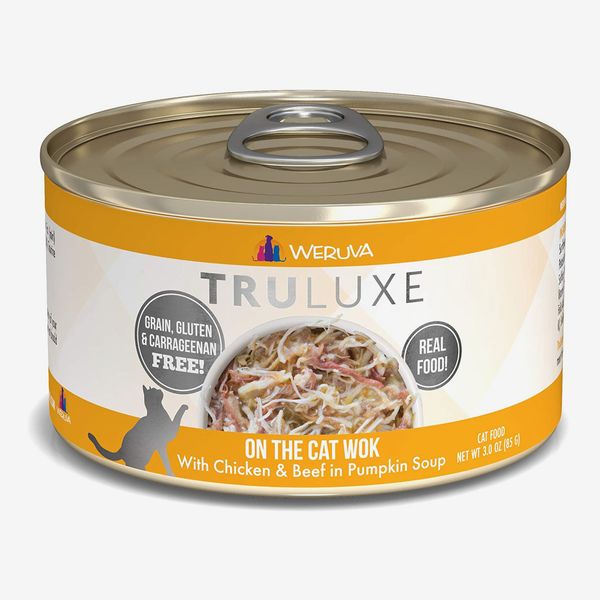
Life stage: Adult and senior | Nutritional breakdown: Moderate protein and fat, low carb | Wet food or dry food: Wet, meat in gravy | Approximate cost per ounce: $0.49 per ounce
If you look at Pierson’s chart, you’ll see that the fourth column tracks how much phosphorus is in each food listed. Phosphorus might not be the first thing you look for when shopping for your own food, but this mineral is a very important factor in cat health. While phosphorus is essential for bone development in young cats, as cats age, Berg says too much of it can cause or worsen kidney disease, a common problem among older cats. That’s why AAFCO standards have higher minimums for phosphorus in kitten foods than in adult formulas.
AAFCO doesn’t have a maximum phosphorus level, but Berg recommends trying to stay under 200 milligrams per 100 calories if your cat is 10 years old or older. Senior cats still require lots of protein in their diet, though, so Berg says to make sure you aren’t sacrificing protein in a lower-phosphorus formula: “Phosphorus tends to go up as the protein goes up,” she says. “But there are some proteins that are higher in phosphorus than others.” This nutritionally balanced Weruva food contains only 163 milligrams of phosphorus per 100 calories.
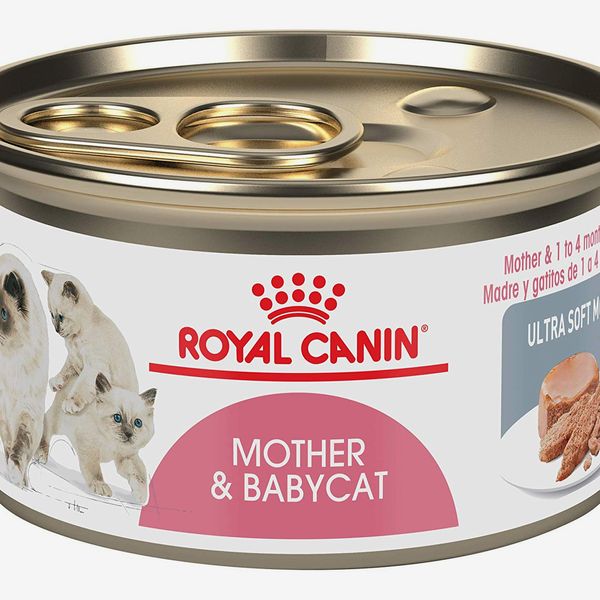
Life stage: Kitten | Nutritional breakdown: High protein, moderate fat, low carb | Wet food or dry food: Wet, pâté | Approximate cost per ounce: $0.45 per ounce
If you’re buying food for a kitten, make sure to look for the AAFCO nutritional-adequacy statement for growth. “Because kittens are growing and developing, they require more calories than adult cats do on a per-pound basis,” says Coates. “Kitten foods are generally higher in fat than foods designed for adults to provide them with these extra calories.” Blair and Parker are fans of Royal Canin, and the brand’s just-for-kittens food is packed with protein and fortified with all the vitamins and minerals the littlest kitties need to thrive. It’s the same food that Hannah Shaw (better known as the Kitten Lady on Instagram) feeds her rescue kittens. “The pâté is the perfect soft texture for weaning kittens and provides them with high-quality nutrition that helps them thrive,” she says.
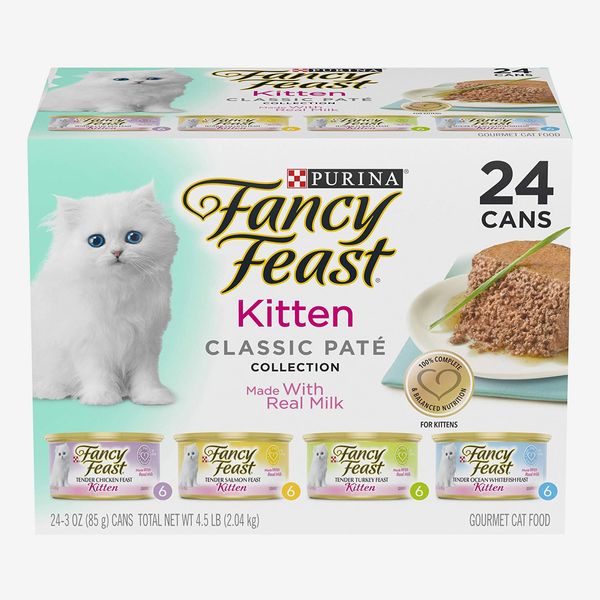
Life stage: Kitten | Nutritional breakdown: Moderate protein, moderate fat, low carb | Wet food or dry food: Wet, pâté | Approximate cost per ounce: $0.25 per ounce
Fancy Feast (our top pick for less expensive meat-in-gravy food for adult cats) also makes kitten food that meets AAFCO requirements for growing kittens. This variety pack includes four different flavors, so there’ll likely be something for every member of a new litter to enjoy.
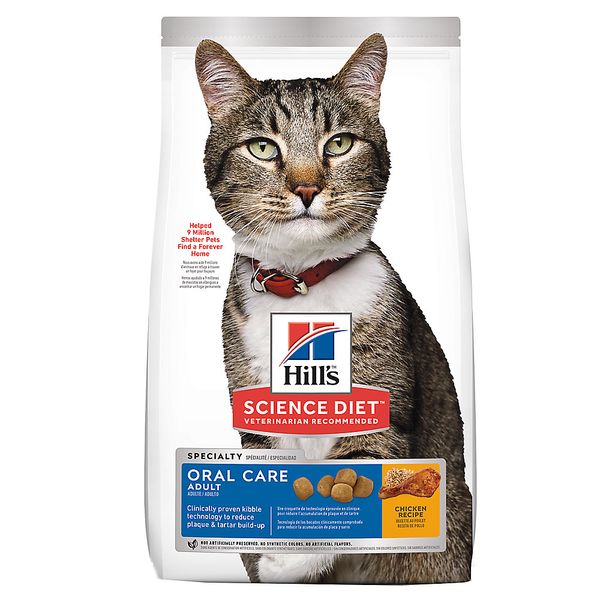
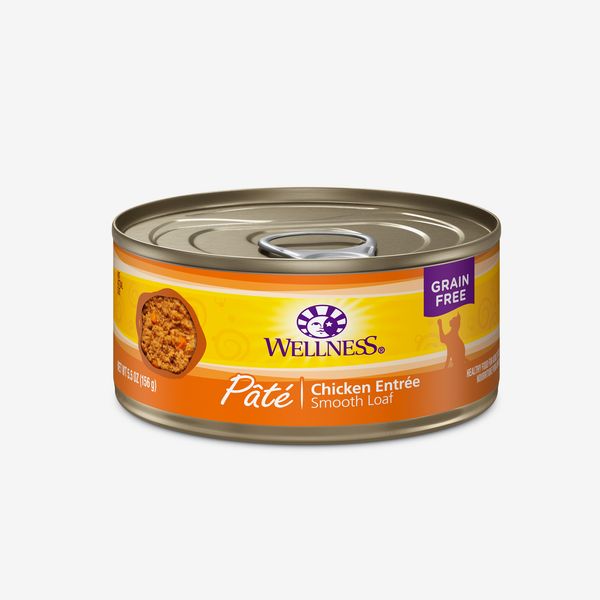
$44
for 24
$45
now
2{95221ed7c1b18b55d17ae0bef2e0eaa704ccc2431c5b12f9d786c88d1acb538d} off
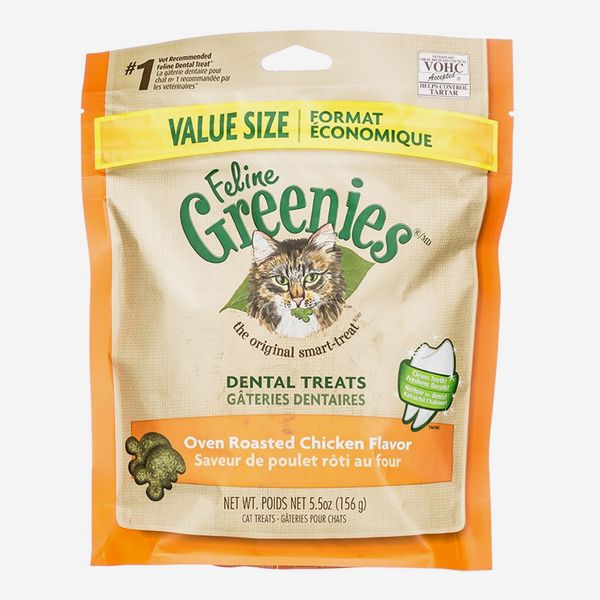

• Liz Bales, veterinarian
• Jennifer Berg, veterinarian and founder of Tribeca Veterinary Wellness
• Cori Blair, veterinarian with Feline Health
• Chyrle Bonk, veterinarian and pet-care consultant at Hepper
• Martha G. Cline, veterinarian and certified veterinary nutritionist at Red Bank Veterinary Hospital
• Jennifer Coates, veterinary expert at Chewy
• Paola Cuevas, animal behaviorist and in-house veterinarian at Hepper
• Sam Daly, Strategist deals editor
• Joanna Douglas, executive director of branded content at Vox Media
• Gabrielle Fadl, medical director at Bond Vet
• Jamie Freyer, veterinarian
• Tazz Latifi, certified pet nutritionist and retail consultant
• Susan Lauten, pet nutrition consultant
• Brennen McKenzie, veterinarian and blogger at the SkeptVet
• Hannah Shaw (the Kitten Lady), cat rescuer
• Megan Shepherd, veterinarian and veterinary nutritionist at the Virginia Maryland College of Veterinary Medicine at Virginia Tech
The Strategist is designed to surface the most useful, expert recommendations for things to buy across the vast e-commerce landscape. Some of our latest conquests include the best acne treatments, rolling luggage, pillows for side sleepers, natural anxiety remedies, and bath towels. We update links when possible, but note that deals can expire and all prices are subject to change.
